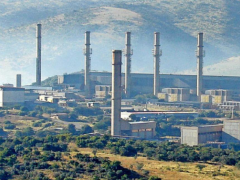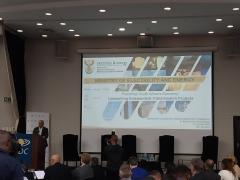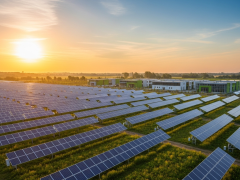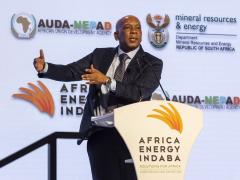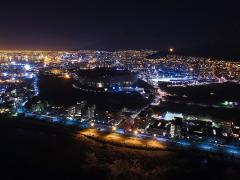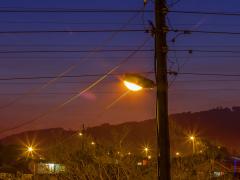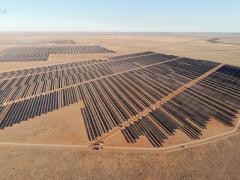Data centres are becoming one of the fastest growing sources of electricity demand worldwide, placing mounting pressure on already constrained grids. For years, efficiency gains kept overall consumption relatively stable. But the rapid rise of AI, cloud and edge computing is shifting this balance with forecasts pointing to a steep increase in power requirements through to 2030, says Canninah Dladla, Cluster President for English-speaking Africa at Schneider Electric.
While the scale of the challenge is significant, the path forward is not insurmountable. By adopting proactive strategies – ranging from alternative power sources and storage to advanced software and utility partnerships – operators can secure the capacity needed to grow sustainably.
What’s driving the strain
AI is a major contributor to the rising load. A single AI search uses about 10 times more electricity than a standard Google search, and projections indicate that AI and crypto mining could account for up to 10% of global electricity demand by 2030. Inference workloads, which dominate once models are deployed, are expected to accelerate consumption even further.
Edge computing and IoT expansion add additional pressure. The International Energy Agency estimates that data centre electricity use could more than double between 2022 and 2026 – from 460 TWh to over 1 000 TWh, which is roughly equivalent to Japan’s total consumption.
This surge is creating long grid-connection queues. In many regions, developers face three- to five-year delays and some hubs – such as Northern Virginia – report waits of up to seven years for large-scale projects. Globally, data centre demand is forecast to rise 50% by 2027 and as much as 165% by 2030.
Energy procurement: new realities
Historically, data centres could tolerate long utility lead times. Today’s urgent requirements mean operators must consider alternative or supplementary power sources, including natural gas turbines, HVO-fuelled generators, wind, solar, battery energy storage systems (BESS), fuel cells and, in future, small modular reactors (SMRs).
BlackRock’s 2024 Midyear Global Outlook suggests the AI boom and the low-carbon transition will drive unprecedented capital investment with solar farms, grids, oil and gas and other energy sources attracting around US$3,5 trillion per year this decade.
Two broad use cases now shape power strategies:
- Use Case 1: Grid capacity exists but requires flexibility Operators must respond to demand-response requirements. Diesel generators remain common but HVO offers a lower-carbon alternative with emissions reductions of around 90%. Behind-the-meter BESS provides:
- Additional backup power
- Reduced diesel reliance
- Participation in grid-services markets
- Demand-charge mitigation
- Greater renewable utilisation
- Use Case 2: No grid capacity Where no capacity is available, alternative prime power becomes essential. Natural gas turbines are currently the most mature and scalable technology. SMRs, while still in early stage adoption due to regulatory and cost barriers, are viewed as a future source of constant, carbon-free baseload. Large operators may also consider microgrid partners – industrial parks with existing grid connections or islanded capability – offering power-as-a-service models to bypass grid queues.
The role of utilities and software
Utility engagement is increasingly vital. Insights into grid capacity, carbon intensity, power quality and regulatory frameworks directly influence site planning, permitting and operational decisions.
Digital tools, including digital twins and energy management software, improve forecasting, cooling optimisation, load balancing and overall efficiency. These systems reduce waste and cost while supporting sustainability targets.
Next steps for operators
To navigate these constraints, operators should:
- Prioritise site selection: Choose locations with strong grids or on-site generation potential while balancing latency and labour availability
- Adopt alternative power sources: Natural gas turbines, HVO-fuelled generators, fuel cells, solar, wind and BESS
- Engage early with utilities: Align on capacity availability, demand-response requirements and shared infrastructure
- Design for sustainability: Integrate renewables to improve efficiency, simplify permitting and enhance long-term resilience


